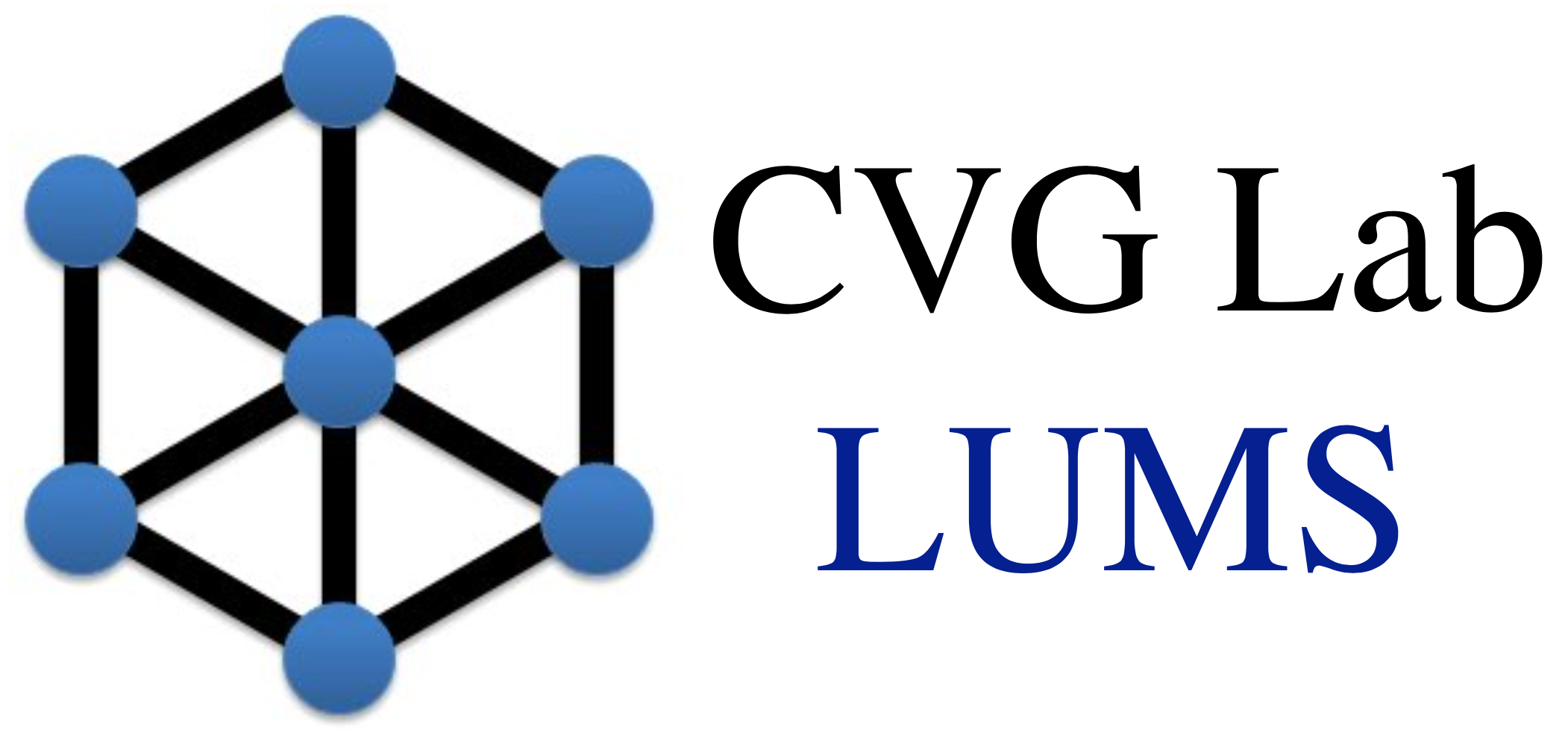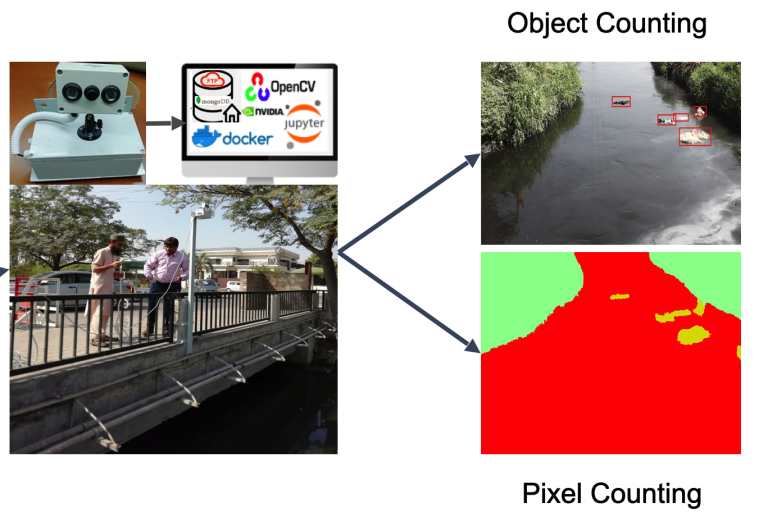Water Quality Assessment Using Visual Sensors
Mohbat Tharani, Abdul Wahab Amin, Fezan Rasool, Muhammad Maaz, Murtaza Taj, Abubakr Muhammad Summary In the absence of an effective trash management framework, trash is often illegally dumped in rivers and canals running through urban areas, contaminating freshwater and blocking drainage lines which result in urban floods. When this contaminated water reaches agricultural fields, it…








